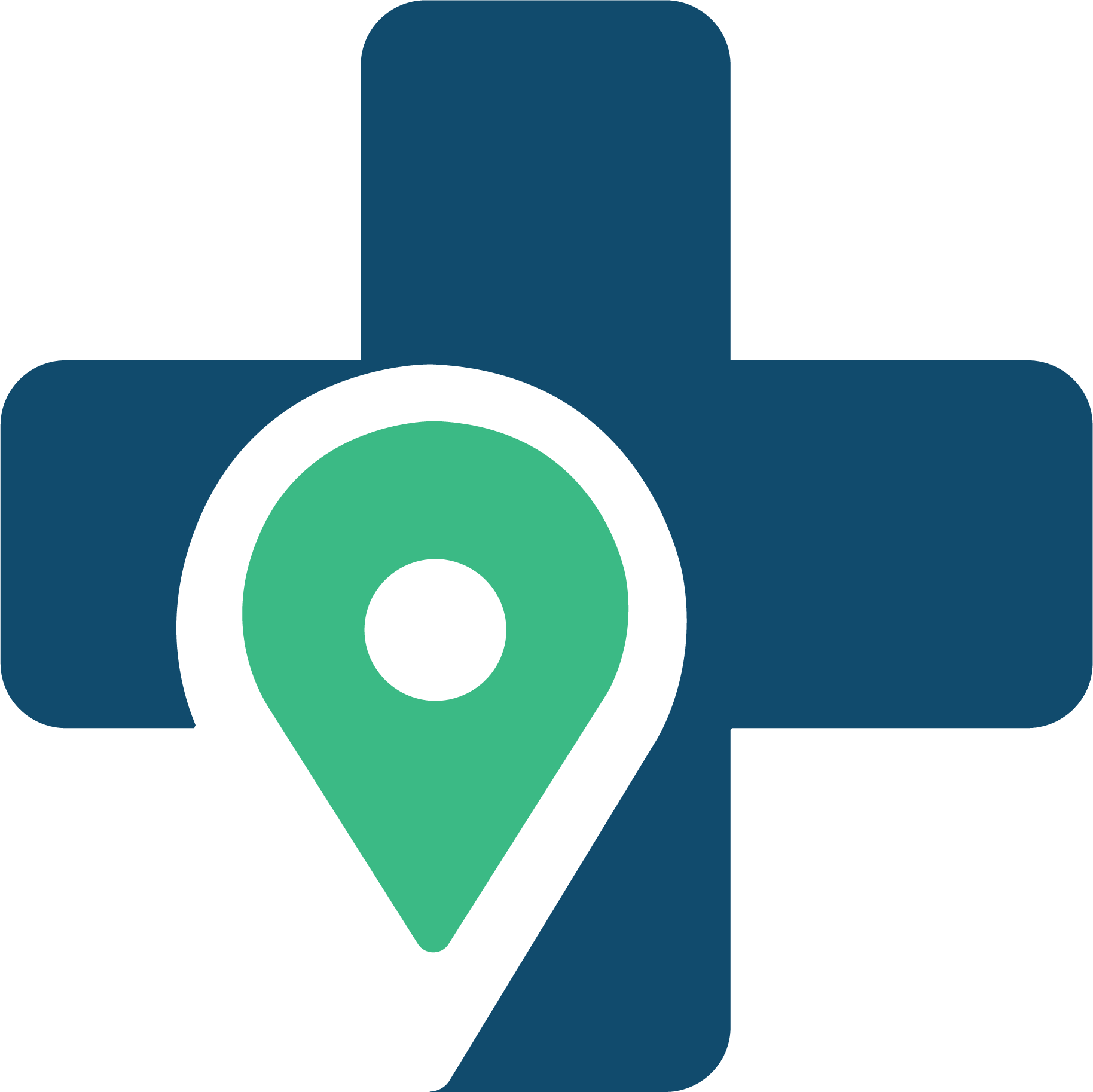What is Bipolar Disorder
Bipolar disorder, also known as manic depression, is most commonly identified by extreme shifts in mood that go above and beyond regular mood swings. Symptoms include an elevated, euphoric, and frenetic mood called mania. This mania is often followed by episodes of extreme depression, with the alternating mood shifts called cycling.
People who have bipolar disorder usually struggle to lead normal lives. They often have trouble with managing everyday tasks at work or school and have tumultuous relationships. If untreated, bipolar disorder can be very serious and lead to many adverse effects on the individual’s safety and mental wellbeing.
There is no cure for bipolar disorder, but fortunately, many types of treatment are available for managing symptoms.
Bipolar disorder is not rare in the United States. A study published in 2005 by Arch Gen Psychiatry revealed that more than 5 million people, or 2.6% of the American population, suffer from some form of bipolar disorder.
Symptoms commonly appear in late adolescence or early adulthood but have been noted in children as well. Women are more likely to be diagnosed with bipolar disorder than men.
Signs of Bipolar Disorder
It can be difficult to diagnose bipolar disorder due to the nuances of the disease and its manifestation in each sufferer. Often, many of the symptoms can be found in other mental health disorders.
However, there are some signs of bipolar disorder that are identifiable, particularly if both mania and depression episodes are present.
Signs of Mania
A manic episode can last for several days or even weeks. Common signs of bipolar-induced mania include:
- Feeling incredibly happy, and even euphoric, for prolonged periods without a clear cause
- A decreased need for sleep, and increased energy
- Talking very fast
- Rapid thoughts
Extremely reckless and impulsive behavior - Overconfidence in abilities
- Engaging in risky behavior such as unprotected sex, gambling, big spending sprees, and substance abuse
Signs of Depression
Although depression is a mental illness in itself, it can be identified as a sign of bipolar disorder. Symptoms of depression caused by bipolar disorder include:
- Feeling sad and hopeless for prolonged periods – up to two weeks
- Withdrawing from family and friends, self-isolation
- Having no interest in activities once enjoyed
- Significant changes in appetite
- Severe fatigue
- Problems with memory, concentration, and decision-making
- Considering or attempting suicide
Types of Bipolar Disorder
There are three types of bipolar disorder, although only two of them are most commonly diagnosed. These include:
Bipolar 1
In the past, this most classic form of bipolar disorder was called manic depression. With this type, the manic phases are most clear. Mood shifts are extreme, and behavior escalates very rapidly until the person is out of control. If untreated, the individual may end up in the emergency room at a hospital or mental health facility.
For a person to be diagnosed with bipolar type 1, they need to have a series of manic episodes. To be classified as a manic episode, the following applies:
- Extreme shifts in mood and behavior occur that are quite strongly out of character with the individual’s usual behavior
- The behavior must be present throughout the day, for most of the day, and almost every day for the duration of the episode
- The episode must last at least one week
- It must be so extreme that the individual needs hospitalization or immediate medical care
Individuals with bipolar 1 usually suffer from depressive episodes too, but this isn’t required in order for a doctor to make a bipolar 1 diagnosis.
Bipolar 2
Bipolar 2 is more commonly diagnosed than bipolar 1, although it is more difficult for the sufferer to identify symptoms in themselves. Often, it is up to friends or family to encourage the afflicted to seek help.
Bipolar 2 is still characterized by extreme mood shifts, although it involves less severe manic symptoms called hypomanic symptoms. Hypomania is still serious and can become worse without treatment. Without proper treatment, both the depressive and manic episodes will become more serious.
Cyclothymia
People suffering from the cyclothymia type of bipolar will have episodes of both depression and hypomania. However, symptoms will be less severe than the symptoms of depression and mania in bipolar 1 or 2. Often, people with cyclothymia will only experience a month or two periodically where they have stable moods.
What causes bipolar disorder
Although it is a common disorder, doctors and researchers are unsure as to what causes bipolar disorder.
Some possible, but scientifically unproven causes of bipolar disorder include:
- Genetics: People with a family history of bipolar disorder, particularly when it is seen in parents and other immediate blood relatives, are often predisposed to the condition. However, an important consideration is that most people with a family history of bipolar disorder do not go on to develop it.
- Brain chemistry: Abnormalities in the structure of the brain, or chemical imbalances in the brain, may increase the individual’s risk of having bipolar disorder.
- Environmental factors: Some external factors could potentially make it more likely for an individual to develop bipolar disorder. These include factors like extreme stress, traumatic experiences, substance abuse, and physical illness.
Either a single or combination of these factors could contribute to the development of bipolar disorder. However, it can be impossible to target the exact cause.
Diagnosing Bipolar Disorder
In order to diagnose bipolar 1, the individual will need to experience either one or more manic episodes, or alternatively a mixed episode which would consist of cycling between manic and depressive episodes.
For a bipolar 2 diagnosis, the person needs to have experienced at least one major depressive episode, and at least one hypomania episode.
To qualify as a manic episode, symptoms must be experienced for at least one week or should result in the patient requiring hospitalization. Symptoms must last for almost the entire day, throughout the duration of the episode. To be ascribed as a major depressive episode, symptoms must last for at least two weeks.
Bipolar Disorder Treatment
If left untreated, bipolar disorder will get worse. Episodes will occur more frequently and may be more extreme. If the individual receives treatment, they will be able to manage the symptoms and lead a productive, healthy life.
There are several treatment options available for bipolar disorder. Treatment for bipolar disorder includes medications, therapy, and lifestyle changes. If bipolar disorder co-occurs with substance abuse, treatment at an inpatient rehab facility will be required.
Common types of treatment used to treat bipolar disorder include, but are not limited to:
- Medications: Medications used to treat bipolar disorder may include mood stabilizers such as lithium, antipsychotics, antidepressant-antipsychotics, and benzodiazepines. Benzodiazepines function as short-term relief for anxiety and should only be used exactly as prescribed due to their addictive nature.
- Psychotherapy: Psychotherapy is a form of talk therapy that helps patients understand their thinking patterns and develop healthier thought patterns and coping mechanisms. A common type of psychotherapy used in the treatment of bipolar disorder is cognitive behavioral therapy.
- Lifestyle changes: Positive lifestyle changes include healthy eating and regular exercise. Journaling to be aware of mood changes, and soliciting the support of family and friends, are also all lifestyle changes that can help with managing the symptoms of bipolar disorder.
With the right treatment plan, it is possible to live a long, healthy, and fulfilled life even with bipolar disorder. If you or a loved one have bipolar disorder, you are not alone. More than 45 million people suffer from bipolar disorder worldwide.
The best thing to do is to seek help if you are concerned about you or your loved one’s mental health. A qualified mental health practitioner will be able to work with the individual to determine the correct diagnosis.
It is important to bear in mind that the longer bipolar disorder is left untreated, the more symptoms will worsen. That is why it is best to seek help as soon as possible.
Help for Co-Occurring Disorders
At Addiction Rehab Treatment, we are able to help guide you to the right treatment facility if you or a loved one are suffering from addiction co-occurring with mental illness. Get in touch with us today and let us help you get your life back on track.









